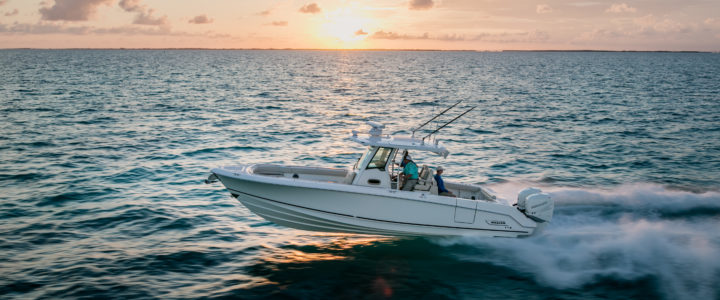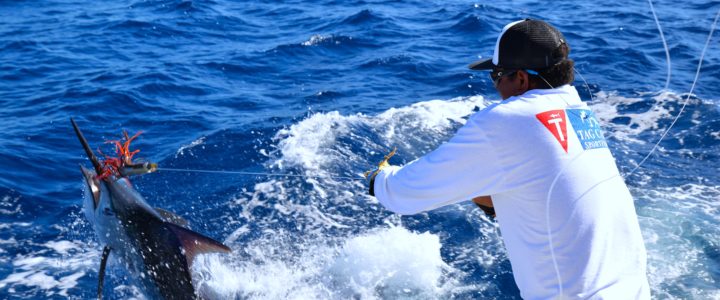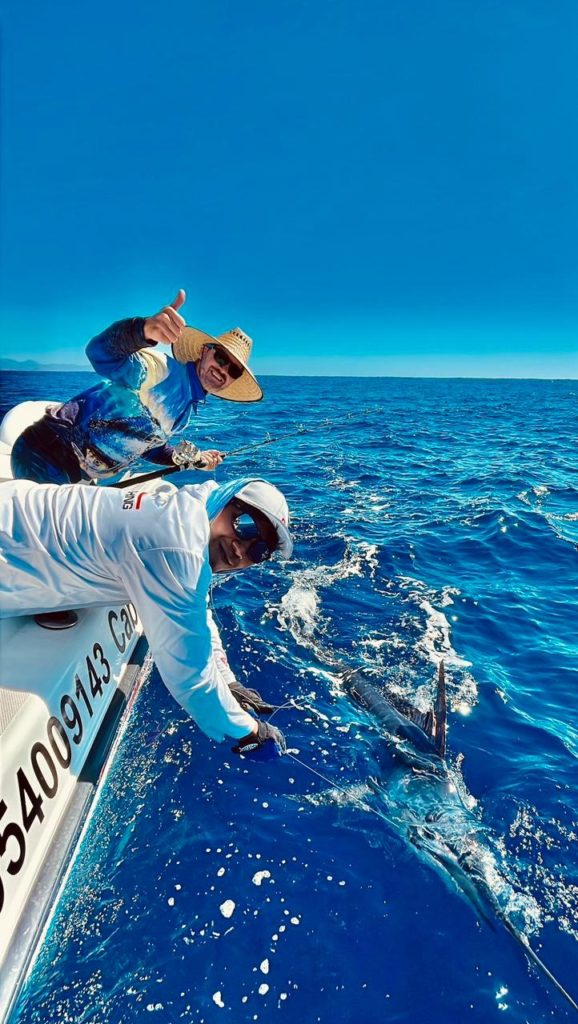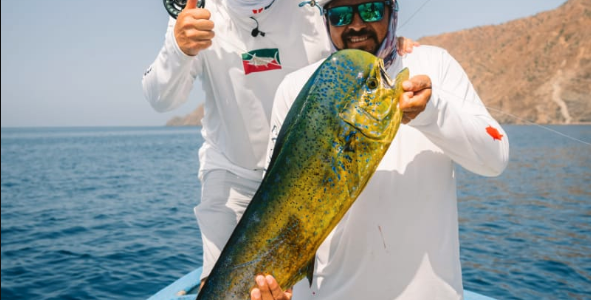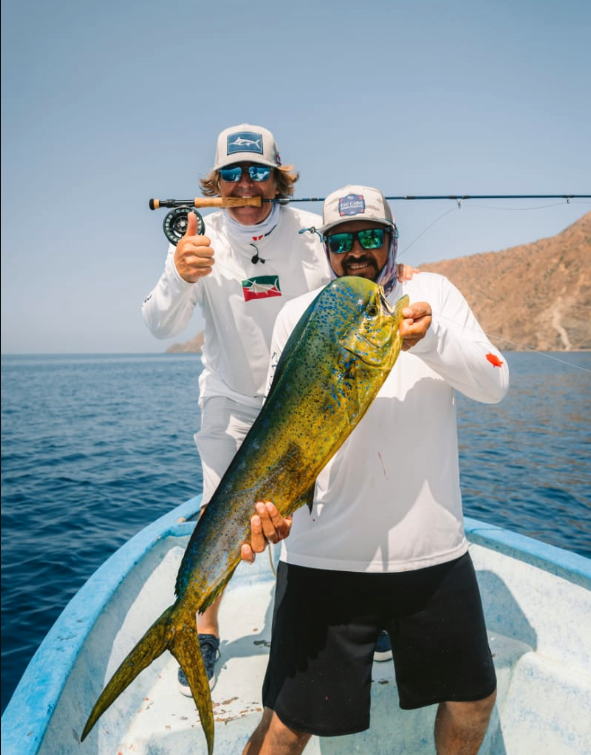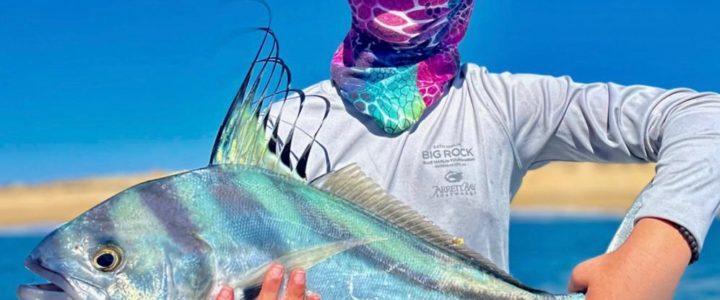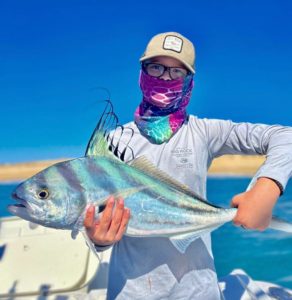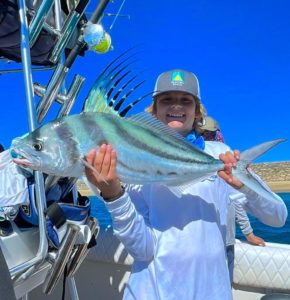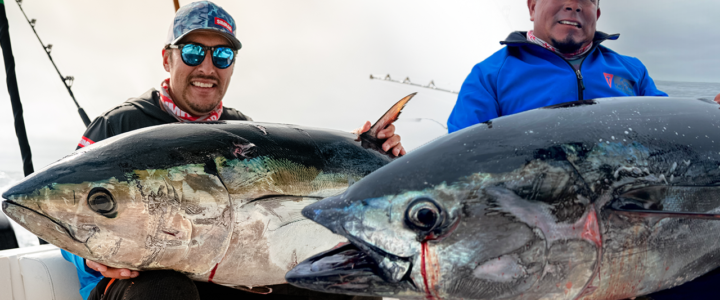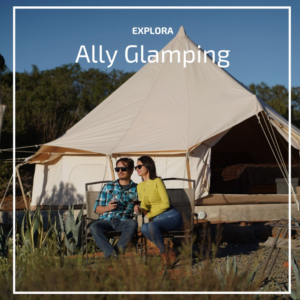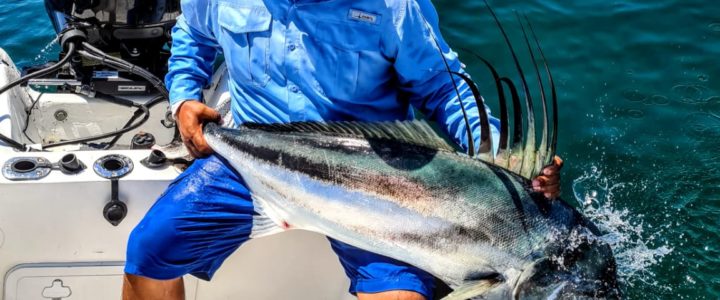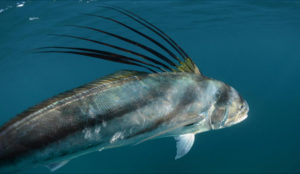Boston Whaler Broker in Cabo San Lucas
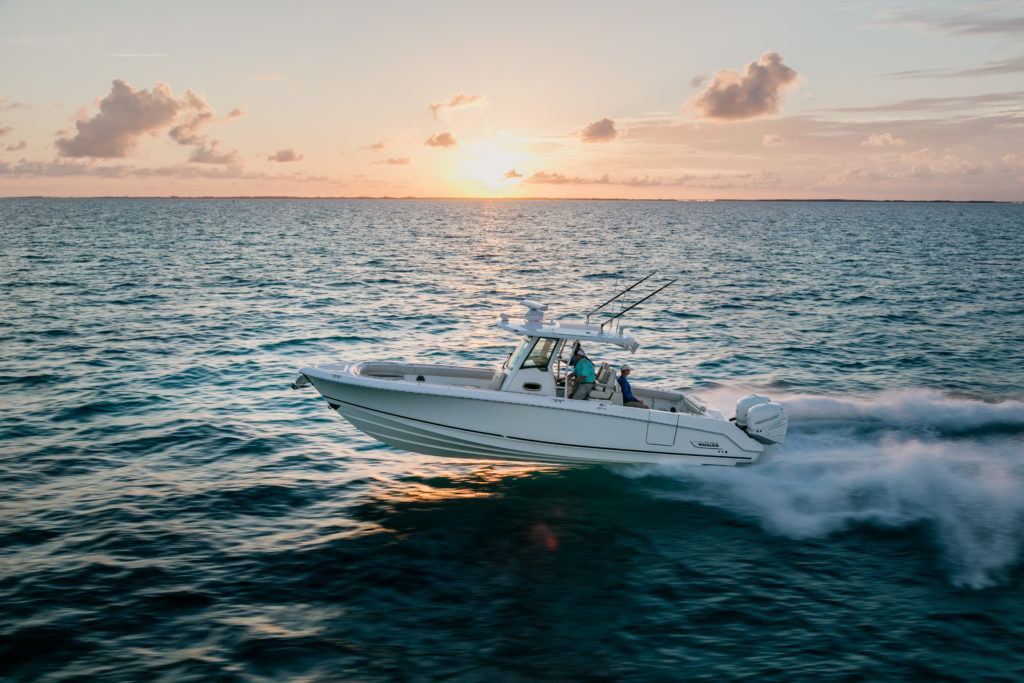
Tag Cabo Sportfishing is proud to announce its recent appointment as the Boston Whaler broker and representative in Los Cabos and La Paz, Mexico. This appointment signifies a significant milestone in the company’s journey and further cements its commitment to providing top-notch fishing experiences to customers in the region.
Boston Whaler, a leading manufacturer of boats and marine equipment, is known for its exceptional quality, durability, and safety. The company has a long-standing reputation for building boats that are designed to withstand the toughest conditions, making them ideal for fishing, diving, and other water activities. As the Boston Whaler broker and representative in Los Cabos and La Paz, Tag Cabo Sportfishing will now have access to the latest models and technologies from this world-renowned brand.
At Tag Cabo Sportfishing, we are committed to offering our customers the best possible fishing experiences. Our team of experienced guides, knowledgeable captains, and dedicated support staff are all dedicated to ensuring that our customers have a safe, enjoyable, and successful time on the water. With the addition of Boston Whaler boats, we are now able to provide even more reliable and comfortable fishing platforms, allowing our customers to focus on the experience and not on the equipment.
In addition to providing the latest boats and equipment, Tag Cabo Sportfishing will also offer comprehensive sales and support services as a Boston Whaler broker In Cabo and La Paz. Our team will work closely with customers to help them choose the right Boston Whaler boat to meet their needs, and we will be on hand to provide ongoing support and assistance throughout the ownership experience.
The heart of a boat lies in its components. At TAG Cabo Sportfishing, our deep-rooted connections in the marine industry allow us access to genuine boat parts, ensuring the authenticity and longevity of your vessel. Coupled with our team of mechanical engineers, we promise maintenance and repairs that not only uphold but often enhance your boat’s value. Whether it’s a brand-new yacht or a used boat you’re looking to rejuvenate, our expertise ensures it remains or even evolves into a top-tier vessel.
In essence, TAG Cabo Sportfishing isn’t just a service; it’s a promise – a promise of unparalleled quality, unmatched expertise, and a boating experience that’s smooth sailing from start to finish. Dive into a world where your boat isn’t just a possession; it’s a legacy. Welcome to the TAG Cabo Sportfishing family.
🔹 Connect with Us Today and embark on a journey where every wave is a story, every horizon a new adventure. Let’s craft your boating legacy together. 🔹
If you’re interested in buying a brand new Boston Whaler in Los Cabos or La Paz Baja California Sur area, the best way to get in touch with us at Tag Cabo Sportfishing is by giving us a call or sending us an email at. Our knowledgeable and friendly sales team will be more than happy to assist you in finding the perfect Boston Whaler to meet your needs and answer any questions you may have about the buying process. You can reach us by phone at 52 624 168 9544 , or by email at tagsportfishing@gmail.com . Our office hours are from 9am to 9pm, but if you reach us outside of these hours, please leave a message and one of our team members will get back to you as soon as possible.

